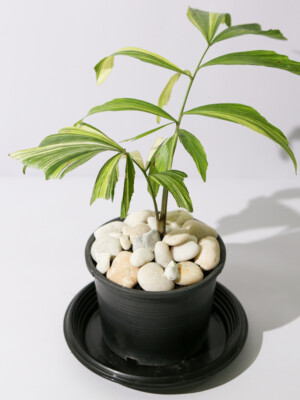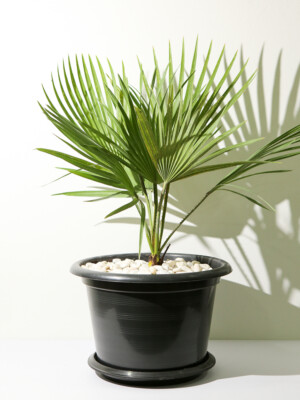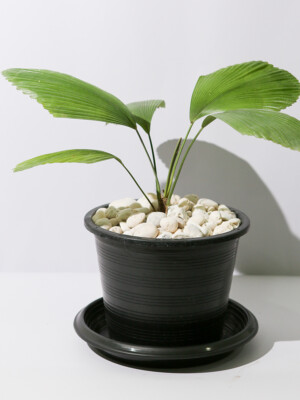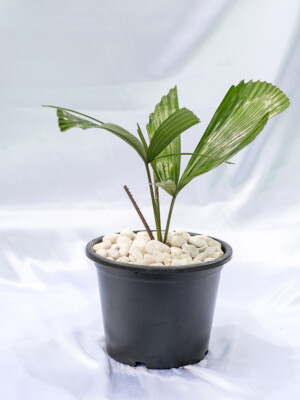Pot:
Ø16
Height:
50/70 (L)
Hardiness:
Not Hardy
Watering:
Low
Sunlight:
Low
Pot:
Ø16
Height:
50/70 (L)
Hardiness:
Not Hardy
Watering:
Low
Sunlight:
Low
$103.90
Share:
Product Overview:
How to Care for Your:
Pinanga disticha
Pot:
Available in pot sizes of Ø16cm.
Height:
Choose between 50/70 (L)cm. tall plants.
Hardiness:
Not Hardy
Watering:
Low
Sunlight:
Low
Pot:
Ø16
Height:
50/70 (L)
Hardiness:
Not Hardy
Watering:
Low
Sunlight:
Low
Pinanga disticha is a distinctive clustering palm species belonging to the family Arecaceae, naturally occurring across various regions of Southeast Asia, with notable populations in Malaysia, Indonesia, and Thailand. This palm is characterized by its clustering growth habit, forming multiple stems that emerge from a single base, creating a bushy, clumping appearance that distinguishes it from solitary-growing palm species.
The palm exhibits a moderate growth rate and typically reaches heights suitable for understory vegetation in its native habitat. The stems, or culms, grow in a clustered formation, supporting an elegant crown of fronds. The leaves are pinnate (feather-like), with leaflets arranged in a regular pattern along the rachis, contributing to its ornamental value.
One of the most distinctive features of Pinanga disticha is its plumose (feathery) leaf arrangement, which creates an attractive display in both natural and cultivated settings. The species name “disticha” refers to the two-ranked arrangement of its parts, a characteristic feature that helps in its identification.
In its natural habitat, Pinanga disticha typically thrives in the understory of tropical forests, where it adapts well to partially shaded conditions. This adaptation makes it particularly suitable for cultivation in shaded garden settings or as an indoor plant in appropriate climates. The palm shows preference for well-draining, organic-rich soils and consistently humid conditions, reflecting its tropical forest origins.
The reproductive structures of Pinanga disticha include inflorescences that emerge from among the leaf bases, eventually developing into fruits that attract various wildlife species in its native range. This ecological interaction plays a crucial role in seed dispersal and the palm’s natural propagation.
While not as widely cultivated as some other palm species, Pinanga disticha holds significant value in tropical horticulture and botanical collections. Its manageable size, clustering habit, and adaptation to understory conditions make it particularly suitable for tropical landscaping projects, especially in creating naturalistic garden settings that mimic its native forest habitat.
As with many members of the Pinanga genus, this species contributes to the rich biodiversity of Southeast Asian forests and serves as an example of the region’s diverse palm flora.
Related
Instagram Feeds














